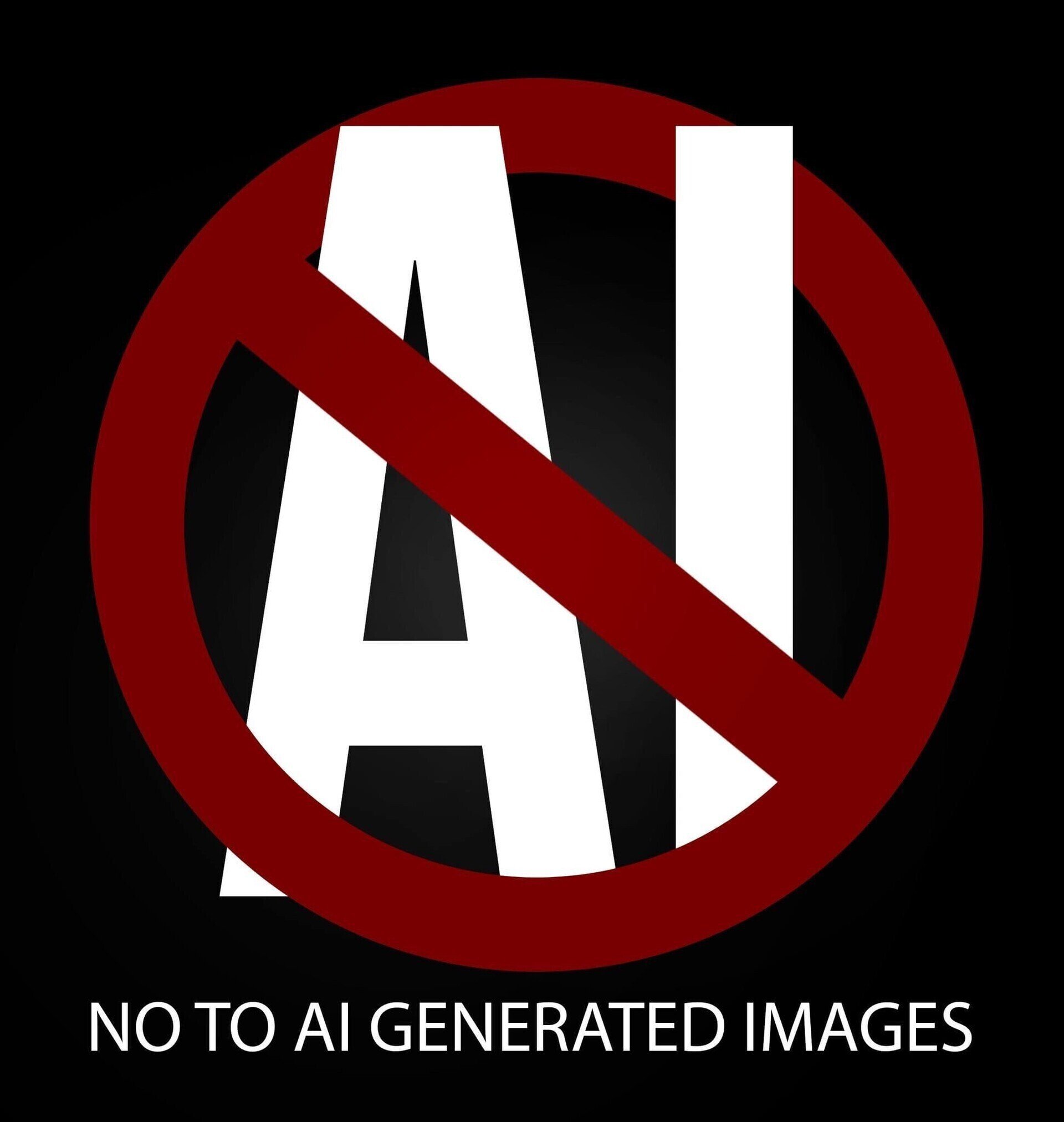We are constantly fed a version of AI that looks, sounds and acts suspiciously like us. It speaks in polished sentences, mimics emotions, expresses curiosity, claims to feel compassion, even dabbles in what it calls creativity.
But what we call AI today is nothing more than a statistical machine: a digital parrot regurgitating patterns mined from oceans of human data (the situation hasn’t changed much since it was discussed here five years ago). When it writes an answer to a question, it literally just guesses which letter and word will come next in a sequence – based on the data it’s been trained on.
This means AI has no understanding. No consciousness. No knowledge in any real, human sense. Just pure probability-driven, engineered brilliance — nothing more, and nothing less.
So why is a real “thinking” AI likely impossible? Because it’s bodiless. It has no senses, no flesh, no nerves, no pain, no pleasure. It doesn’t hunger, desire or fear. And because there is no cognition — not a shred — there’s a fundamental gap between the data it consumes (data born out of human feelings and experience) and what it can do with them.
Philosopher David Chalmers calls the mysterious mechanism underlying the relationship between our physical body and consciousness the “hard problem of consciousness”. Eminent scientists have recently hypothesised that consciousness actually emerges from the integration of internal, mental states with sensory representations (such as changes in heart rate, sweating and much more).
Given the paramount importance of the human senses and emotion for consciousness to “happen”, there is a profound and probably irreconcilable disconnect between general AI, the machine, and consciousness, a human phenomenon.



I think that AI that is created by breeding thousands of programs over hundreds of thousands of generations, each with a little bit of random corruption to allow for evolution, is real AI. Each generation has criteria that must be met and those programs that don’t pass are selected out of existence. It basically teaches itself to walk in a physics simulation. Eventually the program can be transferred into a real robot that can walk around, nobody knows how it works and it would be hard to teach it anything, especially if the neuron count is small, but it’s real AI. It’s not really very intelligent but technically plants have intelligence.
Just mind that genetic algorithms, or more broadly evolutionary algorithms, are just one form of computational intelligence. There’s a bunch of other methods and this is not how current large language models or ChatGPT work.